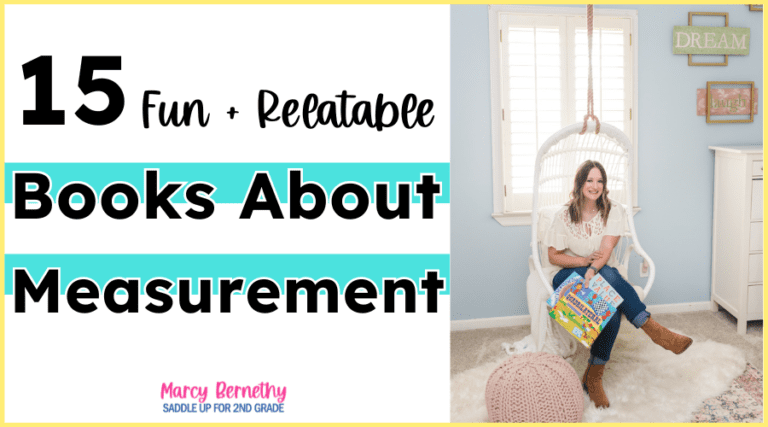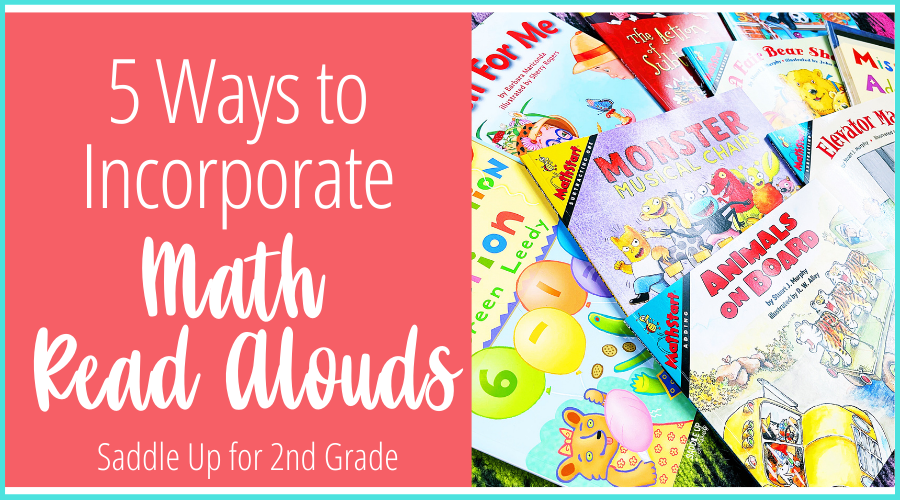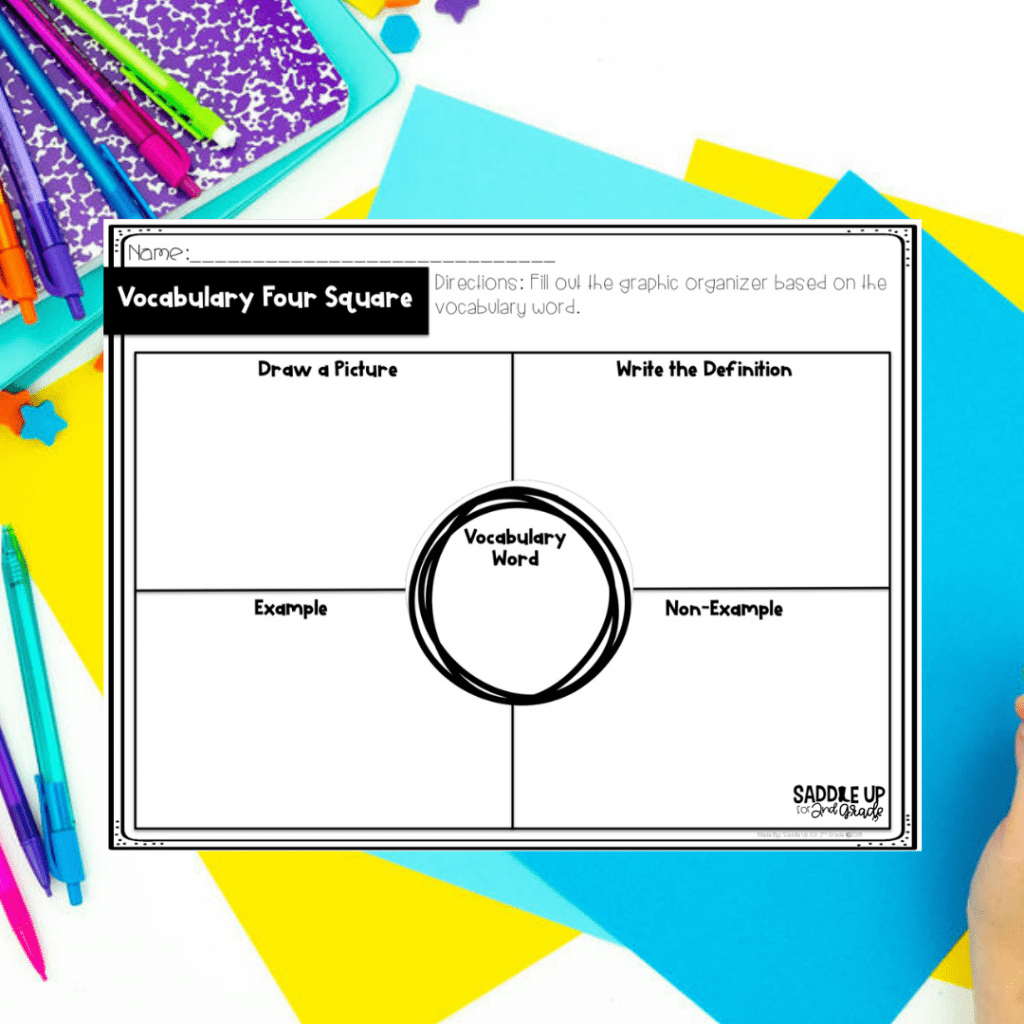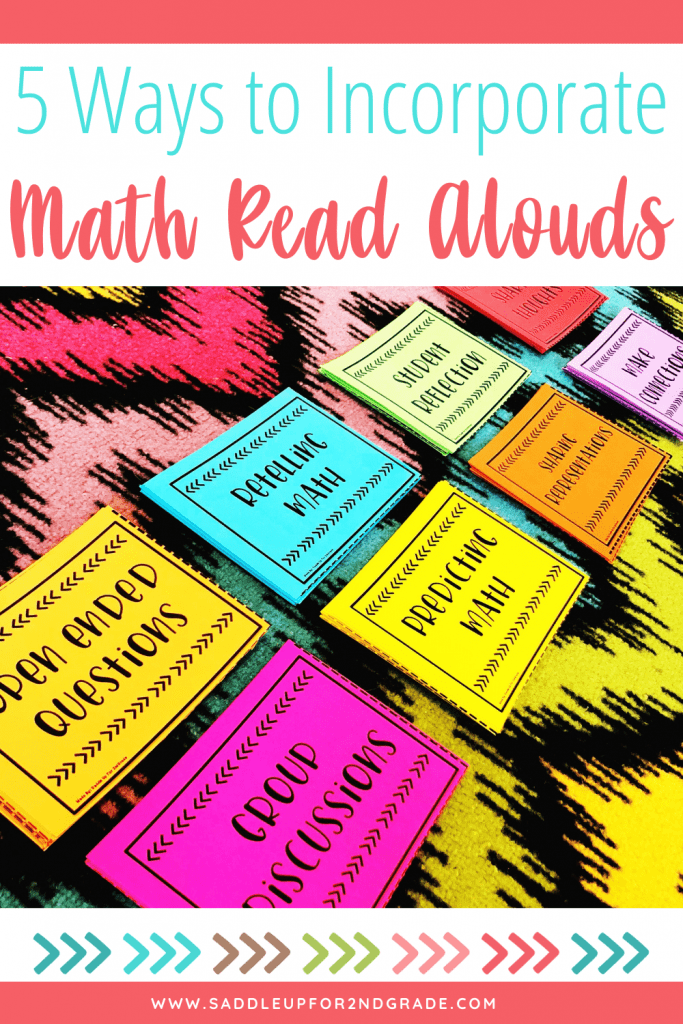

Join me for a FREE, Guided Math workshop to discover how to easily incorporate Guided Math into your current schedule!
Have you ever thought about doing a read aloud during your math block? Teachers are always looking for different ways to integrate subject areas and help students connect to their learning. There are so many wonderful books out there that relate to mathematical concepts. Read on for 5 ways that you can incorporate math read alouds into your classroom.

Read alouds are a great way to connect with your students, model fluent reading, and help them visualize concepts. This helps them gain a deeper understanding of what is being taught.
Read alouds are not just for your reading lessons, but can be very powerful for your math instruction as well.
Math read alouds can be used to kick off your whole group mini lesson. When conducting a whole group mini lesson, it’s important that you hook your students into your lesson from the beginning.
This ensures that their attention is on you and they are interested and ready to learn about the concept. It’s especially important to hook your students when the concept is more challenging or something they may be hesitant about.
Books can be used to capture attention and make the concept more relatable and less daunting for students. This allows you to remove some of that hesitancy from the get-go and show students how the concept applies to their life.
Whether it’s a silly book, a book with a mystery to solve, or just a story with fun characters, hooking students with a read aloud is a great strategy.
Another way to incorporate math read alouds into your classroom is to use them to provide visual representations of concepts. The way math curriculums and lessons present information doesn’t always connect with all students.
Sometimes, it just takes a concept being presented one way for those lightbulb moments to take place for our students. A read aloud can provide that visual support in a new and different way.
This is what some students need in order for the information to click and stick with them. It’s especially helpful for ESL students and visual learners.
Not only can math read alouds help students visualize the concept as it’s introduced, but they can be referenced often throughout the course of the unit for ongoing support.
Additionally, many books, like the one shown below, relate non-fiction topics to mathematical concepts. This is great for cross-curricular learning with reading, math, science, and social studies.
Using math read alouds also helps you incorporate reading strategies into your math block. There are so many reading strategies out there that we teach and practice daily. So why not do double duty and incorporate them into your math block?
When students understand real-world connections to mathematical concepts, they are more confident and motivated to solve the problem.
Instead of thinking, “why do I need to know this?”, students will know exactly how this applies to their life and the real-world.
Read alouds are a great way to look for vocabulary, activate prior knowledge, make text-to-text and text-to-world connections, determine the importance of the story and the mathematical concept, and so much more.
By integrating reading strategies into your math block, you can expand your students’ knowledge of both the reading strategy and mathematical concept.
One of the greatest sounds in a math classroom is the buzz of students engaging in mathematical conversations. Bonus points if you hear them using mathematical vocabulary too!
Math read alouds can be used to encourage these mathematical conversations in your classroom. Students can discuss characters, possible problems and solutions, and identify math strategies they could use to solve the problem.
I like to keep a copy of math comprehension question stems at my small group table and in my whole group area. These question stems are related to several different mathematical concepts.
This helps me always have meaningful questions at my fingertips. They help my students think deeper about what they’re learning and explain their mathematical processes.
You can use these math comprehension question stems for whole group discussion, predictions, reflections, or even partner talk. Students could turn and talk to a neighbor to share a strategy, make a connection, identify a vocabulary word within the story, etc.
For more ideas on how to incorporate math vocabulary into your math block, check out this blog post with 5 math vocabulary activities.
Another way to use math read alouds in your classroom is to have students use manipulatives and graphic organizers alongside the story.
This gives students both visual support from the story and kinesthetic support from the manipulatives and graphic organizers.
As you read, students can use manipulatives to model the problems shown within the text to solve for the answer. You could even pause after solving the problem in the story and have students solve a similar problem for extra practice.
Graphic organizers, such as KWL charts, vocabulary four squares, and simple t-charts can be used alongside the story to identify information they’ve found within the text.
You can even have students keep these graphic organizers in their interactive math notebooks to revisit later on for review.

If you’d like a copy of this vocabulary four square activity, you can fill out the form below and your FREE copy will be delivered straight to your inbox!
As you can see, there are so many ways to incorporate math read alouds into your classroom. The benefits are truly endless.
You can find all of my favorite math read alouds for various concepts on my blog here.
To dive deeper into the topic of using math read alouds, check out my YouTube video below.
Want to save this post for later? Pin this image so you can come back to it at anytime!

Math should be fun, not stressful. Ditch the timed math fact tests and replace them with math games that will help your students learn and retain information more effectively.
© Saddle Up for 2nd Grade • Website by KristenDoyle.co


